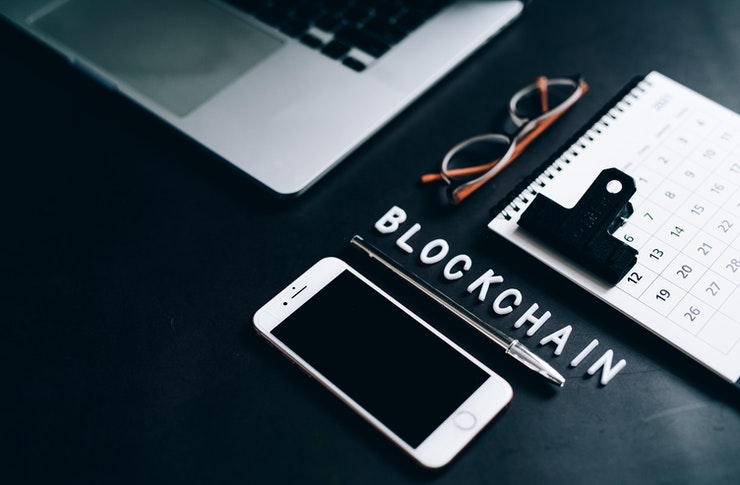Unpacking the Paradox of Hyper-Connectivity
Introduction: In an era of unprecedented interconnectedness, we find ourselves paradoxically isolated. This article unravels the sociological implications of hyper-connectivity in the digital age. Read below to explore this contemporary social phenomenon.

The Historical Context of Connectivity
Our understanding of connectivity has evolved dramatically over the last few centuries. In the pre-industrial era, connectivity was largely limited to physical proximity. However, the advent of technologies such as the telegraph, telephone, and eventually the internet, radically transformed our perception of distance and connectivity.
The Rise of Hyper-Connectivity
In the 21st century, the proliferation of smartphones, social media, and instant messaging apps has ushered in an era of hyper-connectivity. We are now more connected than ever, with the ability to communicate with anyone, anywhere, at any time. Yet, this constant connectivity has not necessarily led to stronger social bonds. On the contrary, it seems to have resulted in a paradoxical sense of isolation and loneliness.
The Isolation Paradox
Surprisingly, despite being constantly connected, many individuals today report feelings of loneliness and social isolation. This incongruity, often referred to as the “isolation paradox,” is a significant sociological phenomenon of our time. Research suggests that while digital connectivity allows for frequent interaction, it often lacks the depth and intimacy inherent in face-to-face communication. This superficiality can lead to a sense of isolation, despite the illusion of constant social contact.
The Impact on Modern Society
The isolation paradox has profound implications for modern society. It affects mental health, with studies showing a correlation between heavy social media use and feelings of loneliness and depression. The phenomenon also impacts social dynamics, as it changes how we form and maintain relationships. In a hyper-connected society, the quality of our interactions often takes a backseat to quantity, leading to a shift in societal norms and expectations.
Towards a Holistic Understanding of Connectivity
To navigate the challenges of hyper-connectivity, it is crucial to foster a more holistic understanding of connectivity—one that values quality over quantity. It is essential to recognize that while digital connections can supplement our social lives, they cannot replace the depth and nuance of face-to-face interactions. As we move forward in this hyper-connected age, balancing our online and offline lives will be key to maintaining genuine social connections and combating the isolation paradox.
In conclusion, the paradox of hyper-connectivity presents a complex challenge for modern society. As we continue to explore this phenomenon, we must strive to strike a balance between embracing the benefits of digital connectivity and mitigating its potential drawbacks. By doing so, we can hope to foster a society that is truly connected, rather than merely hyper-connected.





